Taiwan's contemporary art scene is active and international with many opportunities for local artists to participate in exhibitions abroad while holding dialogues with foreign artists at local exhibitions.
Young Taiwanese artist Wu Chi-Tsung (
Wu, whose work is noteworthy for its exploration of imagery via video, photography and mechanical instal-lation, is currently exhibiting his art for the first time in the UK at the Artes Mundi exhibition that ends on May 7.

PHOTOS COURTESY OF THE ARTIST
The eight selected artists -- from India, Finland, South America, Europe and Taiwan -- are regarded as having made significant contributions to the world's understanding about the human condition. The prize will be awarded to one of the selected artists on March 31.
In 2004, New York-based Chinese artist Xu Bing received the first award for his work Where Does The Dust Collect Itself, made from dust collected from the streets in Manhattan after Sept. 11.
Besides the US$40,000 prize money, the winning artist's work will be exhibited at a major show and purchased for national collections.
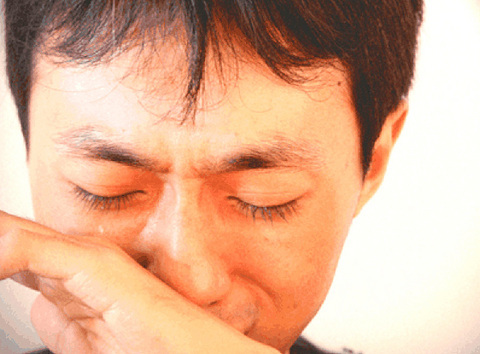
Currently on view at the German Cultural Center in Taipei is a modest, yet poignant exhibition of German and Taiwanese artists titled Intimate Relations. Curator/artist Andreas Walther is no stranger to Taiwan as he has been living, exhibiting and cura-ting here for several years and is therefore familiar with lifestyles both in Cologne and Taipei.
The videos, photographs and drawings explore the theme of closeness between people and provocatively ask if there are cultural differences between Western and Eastern personal relationships.
Some of the art on view seems to act like a sociology experiment. This is most notable in Andreas Walther's riveting video Family Portraits, in which a video camera runs for 10 minutes, while the invited family members (who were instructed not to speak to each other while seated in the studio facing a large mirror) fidget, giggle, and non-verbally interact with each other.
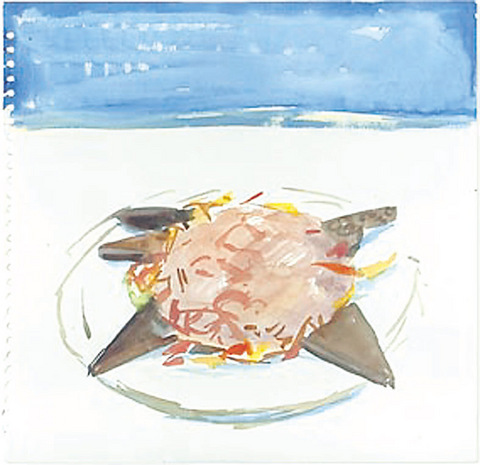
PHOTO COURTESY OF THE ARTIST
Sometimes with conceptual art, a background explanation is required in order to comprehend the art. To fully understand Chen Ting-yu's He Cried it is necessary to read about his concept beforehand. There are two see-mingly identical photos of a close-up of a man's face wiping away tears from his eyes. Chen photographed himself crying, as this was part of his experience of being involved in an intimate love relationship. Then he photographed his boyfriend mimicking his action.
However, his boyfriend couldn't fake the tears.
Chen's two portraits show that even with an intimate partner we can achieve simulations of closeness but achieving actual oneness is nearly impossible.
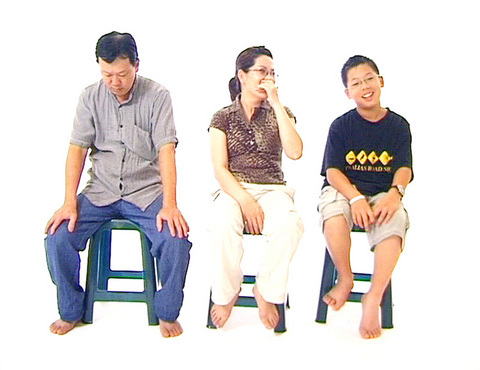
Another conceptual work is Cologne-based artist Cony Theis' Familienportrait. With her mother, sister and two nieces, the five female family members painted a series of watercolors together.
Chen Shun-chu's (陳順築) Journeys in Time is a photographic series where he uses the family snapshot in a similar way to the Proustian madeleine to recapture the idyllic past of his childhood.
Juergen Heiter's film The Place in the Woods is interesting, but due to its German soundtrack there are limits for the audience. The architecture of Rome and Paris serves as a backdrop to tell a story about modernity, while in the foreground couples try to make relationships work even though intimacy is glaringly absent.
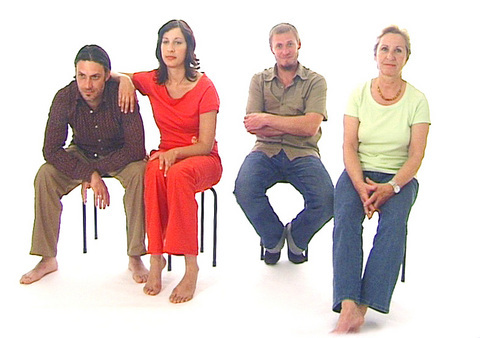
Art Notes:
What: Intimate Relations
Where: German Cultural Center, 12F, 20 Heping W Rd, Sec 1, Taipei (
When: To April 20
Tel: (02) 2365 7294

April 14 to April 20 In March 1947, Sising Katadrepan urged the government to drop the “high mountain people” (高山族) designation for Indigenous Taiwanese and refer to them as “Taiwan people” (台灣族). He considered the term derogatory, arguing that it made them sound like animals. The Taiwan Provincial Government agreed to stop using the term, stating that Indigenous Taiwanese suffered all sorts of discrimination and oppression under the Japanese and were forced to live in the mountains as outsiders to society. Now, under the new regime, they would be seen as equals, thus they should be henceforth

Last week, the the National Immigration Agency (NIA) told the legislature that more than 10,000 naturalized Taiwanese citizens from the People’s Republic of China (PRC) risked having their citizenship revoked if they failed to provide proof that they had renounced their Chinese household registration within the next three months. Renunciation is required under the Act Governing Relations Between the People of the Taiwan Area and the Mainland Area (臺灣地區與大陸地區人民關係條例), as amended in 2004, though it was only a legal requirement after 2000. Prior to that, it had been only an administrative requirement since the Nationality Act (國籍法) was established in

Three big changes have transformed the landscape of Taiwan’s local patronage factions: Increasing Democratic Progressive Party (DPP) involvement, rising new factions and the Chinese Nationalist Party’s (KMT) significantly weakened control. GREEN FACTIONS It is said that “south of the Zhuoshui River (濁水溪), there is no blue-green divide,” meaning that from Yunlin County south there is no difference between KMT and DPP politicians. This is not always true, but there is more than a grain of truth to it. Traditionally, DPP factions are viewed as national entities, with their primary function to secure plum positions in the party and government. This is not unusual
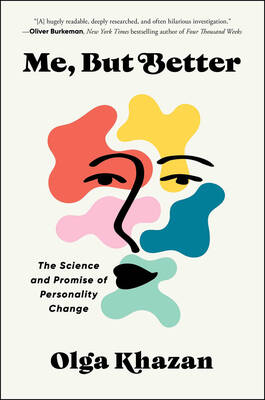
The other day, a friend decided to playfully name our individual roles within the group: planner, emotional support, and so on. I was the fault-finder — or, as she put it, “the grumpy teenager” — who points out problems, but doesn’t suggest alternatives. She was only kidding around, but she struck at an insecurity I have: that I’m unacceptably, intolerably negative. My first instinct is to stress-test ideas for potential flaws. This critical tendency serves me well professionally, and feels true to who I am. If I don’t enjoy a film, for example, I don’t swallow my opinion. But I sometimes worry